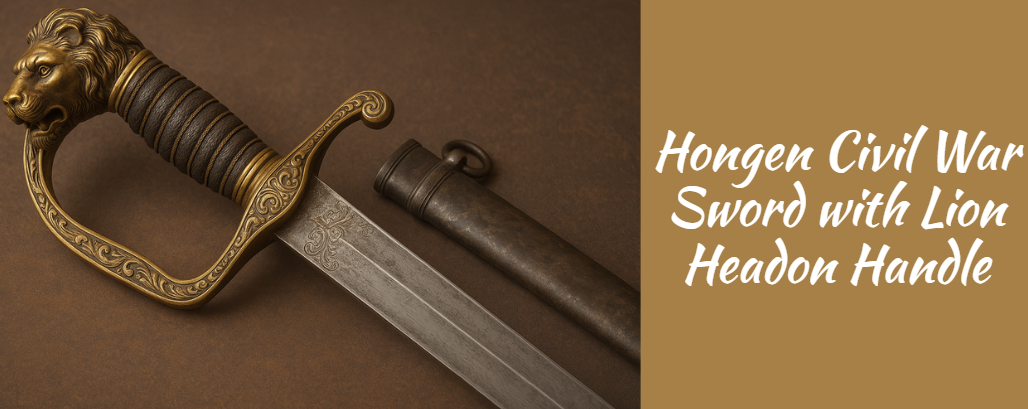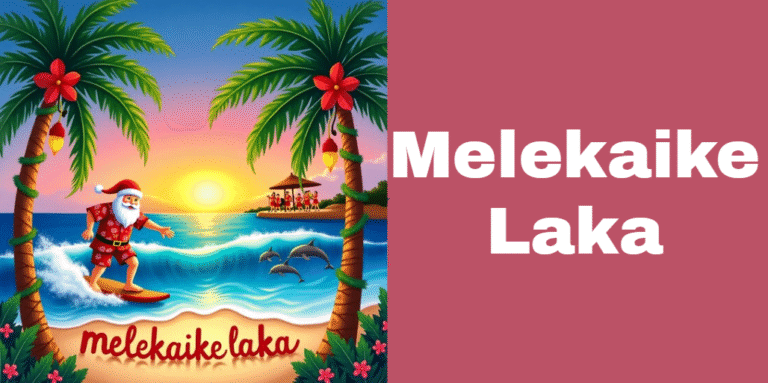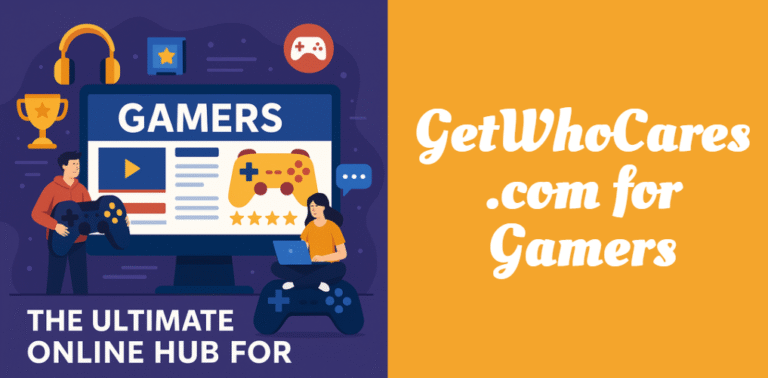Unveiling the Legacy of the Hongen Civil War Sword with Lion Headon Handle: History, Craft and Symbolism
The Hongen Civil War sword with lion headon handle stands as a symbol of artistry, strength, and heritage from one of history’s most turbulent periods. Revered not only for its military function but also for its symbolic craftsmanship, this sword has become a highly sought-after collector’s item.
This article takes an in-depth look into the origins, design, cultural relevance, and enduring appeal of this historic weapon.
Historical Background
The Hongen Civil War, while not as widely documented as other global conflicts, marked a period of regional upheaval and power struggles. During this era, swords were more than just battlefield tools; they were emblems of rank, bravery, and personal valor. The hongen civil war sword with lion headon handle was typically reserved for officers or dignitaries, which added to its prestige and mystique.
These swords were often handcrafted by skilled artisans who infused each piece with detailed symbolism and superior functionality. The presence of the lion on the handle was a deliberate choice, signifying leadership and power at a time when such qualities were critical in warfare.
Symbolism of the Lion Head
The lion has long been a powerful symbol in cultures worldwide, representing courage, dominance, and nobility. On the hongen civil war sword with lion headon handle, the lion head was not merely decorative—it carried deep symbolic meaning. For the bearer, the lion represented:
- Courage in the face of battle
- Supremacy and leadership
- Honor and a warrior’s pride
This iconography resonated deeply with soldiers and officers who identified with the strength and fierceness the lion symbolized.
Craftsmanship and Materials
The artistry behind the hongen civil war sword with lion headon handle is a testament to the metalworking skills of the era. Each sword was a blend of functionality and elaborate detail, crafted to endure battle while also serving as a prestigious symbol.
Materials Used:
| Component | Common Materials Used | Purpose/Quality |
|---|---|---|
| Blade | High-carbon steel | Durable, sharp edge retention, excellent balance |
| Handle (Lion Head) | Brass, Bronze, Gilded metals | Aesthetic appeal, symbolic meaning, grip strength |
| Scabbard | Wood covered in leather or metal | Protection, ceremonial design |
The blades were forged with balance in mind, ensuring that the sword could be wielded efficiently during combat. The lion head on the handle was often intricately molded, with detailed manes and expressive features, making each piece unique.
Design Features
What sets the hongen civil war sword with lion headon handle apart is its intricate and majestic design. While the blade itself was functional and deadly, the true craftsmanship shone in the detailing of the hilt and scabbard.
Some of the key design characteristics included:
- Full lion-head pommel – Not just a partial engraving, but a three-dimensional lion’s head that capped the sword.
- Ergonomic grip – Often wrapped in wire or leather for better handling.
- Decorated crossguard – Typically engraved with symbols or patterns of rank.
- Detailed scabbards – Adorned with metallic embellishments, often reflecting the owner’s social status.
These elements weren’t just aesthetic; they served practical purposes in balancing the sword and ensuring it could be wielded comfortably for extended periods.
Variations and Evolution
Over time, different versions of the hongen civil war sword with lion headon handle emerged. Variations were often influenced by the region of origin, the smith’s personal style, or the bearer’s rank.
Common Variations:
- Full Brass Lion vs. Gilded Bronze Lion: Differences in materials signified the owner’s wealth or military position.
- Length and Blade Style: Some swords had curved blades for cavalry use, while others had straight blades for infantry.
- Decorative Inlays: Higher-ranking officers had inlays of silver, gold, or enamel on the handle and scabbard.
This evolution in design allowed the swords to serve both practical and ceremonial roles, especially in military parades or officer promotions.
Use in Combat
Despite their beauty, these swords were functional weapons. The blade’s steel composition made it ideal for slashing and thrusting, while the handle’s design provided a firm grip. The balance between form and function was one of the reasons these swords remained in use even as firearms became prevalent.
The hongen civil war sword with lion headon handle offered:
- Quick maneuverability due to balanced weight
- Strong durability for repeated use in battle
- Ergonomic grip to reduce fatigue during long engagements
Though largely symbolic in many cases, they remained combat-ready tools, especially in close-quarter skirmishes.
Cultural and Political Significance
Beyond the battlefield, these swords held strong political and cultural connotations. Owning a hongen civil war sword with lion headon handle often signified allegiance to a certain faction or leader. It could be given as a reward for loyalty or bravery and was commonly worn during official ceremonies.
In many regions, the sword also found its way into local art and folklore, symbolizing the fight for freedom, honor, and justice.
Collectibility and Preservation
Today, the hongen civil war sword with lion headon handle is a prized artifact for collectors and historians. Authentic pieces are rare, and their value depends on several factors:
| Factor | Influence on Value |
|---|---|
| Authenticity | Verified origin boosts worth |
| Condition | Intact blades and details increase value |
| Historical Documentation | Provenance adds credibility |
| Material & Craftsmanship | High-quality materials raise collectibility |
To preserve these swords, experts recommend avoiding exposure to moisture, storing in climate-controlled displays, and periodic cleaning using non-abrasive materials.
Modern Legacy
In the modern era, the hongen civil war sword with lion headon handle continues to influence weapon designs, ceremonial swords, and pop culture artifacts. Replicas are often seen in museums, reenactments, and even in film productions that aim to recreate historical realism.
The sword’s combination of function and symbolism has kept it relevant, and it remains an enduring symbol of heritage, bravery, and artful weaponry.
Conclusion
The hongen civil war sword with lion headon handle is far more than a blade—it is a legacy forged in steel and cast in the image of power. From its roots in the Hongen Civil War to its modern-day reverence as a collectible and cultural symbol, the sword tells a story of courage, craftsmanship, and cultural depth.
Whether studied for its historical value or admired for its exquisite design, it continues to command respect and fascination across generations.
Recommended Articles
Applelonia Bacher Hannover Germany – Artist, Entrepreneur & Community Leader
Q/28XH16-2002 Tire Specification Guide: Complete Explanation, Uses & Benefits
Competitive Edge: The Serpent Rogue – Full Breakdown of Gameplay and Features
GVF90433S Gama Hot Water Heater Specs: Complete Guide to Features, Performance & Installation






